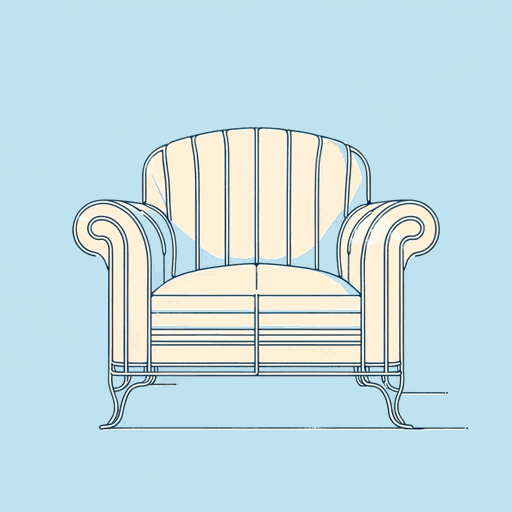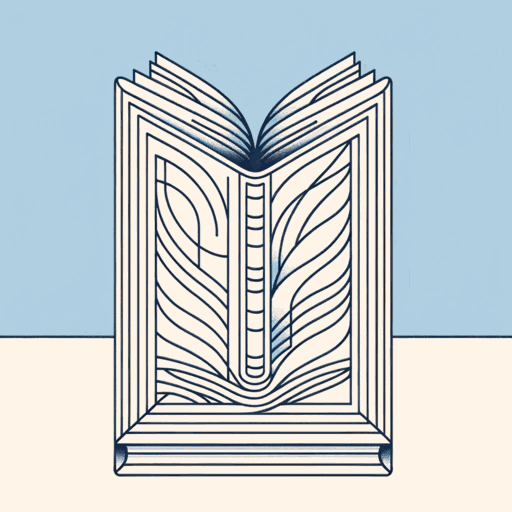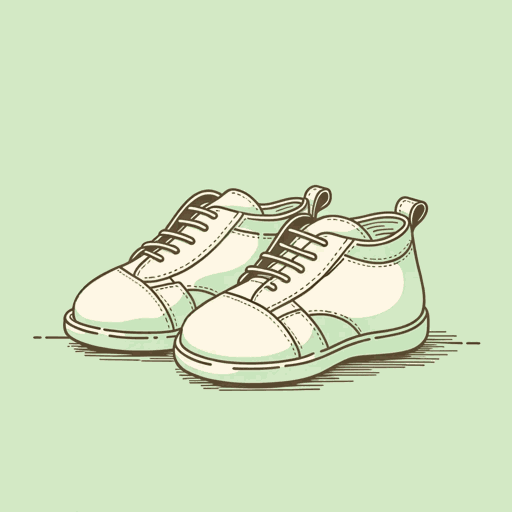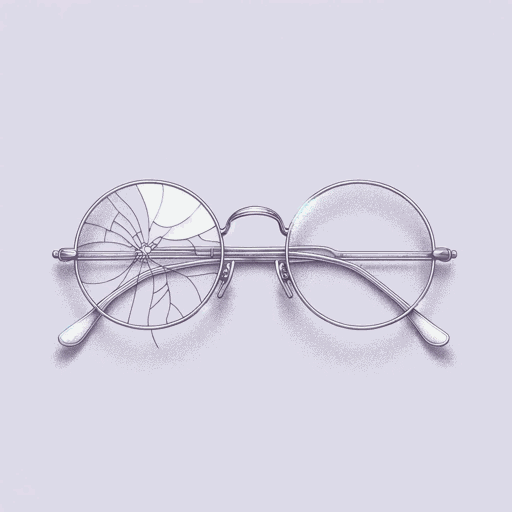45 pages • 1 hour read
Sigmund FreudThe Uncanny
Nonfiction | Essay / Speech | Adult | Published in 1919A modern alternative to SparkNotes and CliffsNotes, SuperSummary offers high-quality Study Guides with detailed chapter summaries and analysis of major themes, characters, and more.
Summary
“Screen Memories”
“The Creative Writer and Daydreaming”
“Family Romances”
Part 1, “Leonardo da Vinci and a Memory of His Childhood”
Part 2, “Leonardo da Vinci and a Memory of His Childhood”
Part 3, “Leonardo da Vinci and a Memory of His Childhood”
Part 4, “Leonardo da Vinci and a Memory of His Childhood”
Part 5, “Leonardo da Vinci and a Memory of His Childhood”
Part 6, “Leonardo da Vinci and a Memory of His Childhood”
Part 1, “The Uncanny”
Part 2, “The Uncanny”
Part 3, “The Uncanny”
Key Figures
Themes
Important Quotes
Essay Topics
Part 2, “Leonardo da Vinci and a Memory of His Childhood”Chapter Summaries & Analyses
Summary: Part 2, “Leonardo da Vinci and a Memory of His Childhood”
The second section for Freud’s essay on da Vinci is concerned with a bizarre childhood memory of da Vinci’s concerning a vulture, which recalls an example given in “Screen Memories,” Freud’s 1909 essay:
It seems that I was predestined to study the vulture thoroughly, because I recall, as a very early memory, that when I was still in my cradle a vulture came down to me, opened my mouth with its tail and struck me many times with its tail against my lips (60).
Freud now reiterates his earlier claim about childhood memories in even stronger terms. Da Vinci’s vulture memory seems so improbable that it is an excellent example of the fantastical nature of many childhood memories; Freud writes that such memories “are altered, falsified, and made to serve later preoccupations” (60). Freud compares the motive for remembering childhood memories with that of recording national history, with both being “not objective curiosity, but a desire for influencing contemporaries” (61). Yet Freud does not reject these fantasies due to their lack of objectivity, saying that “[h]idden behind these residual memories, which [the person] himself does not understand, there are as a rule priceless pieces of evidence about the most significant features of his mental development” (62).
Related Titles
By Sigmund Freud

Civilization And Its Discontents
Sigmund Freud

Moses and Monotheism
Sigmund Freud

On Dreams
Sigmund Freud

The Freud Reader
Sigmund Freud

The Future of an Illusion
Sigmund Freud

The Interpretation of Dreams
Sigmund Freud

Three Essays on the Theory of Sexuality
Sigmund Freud

